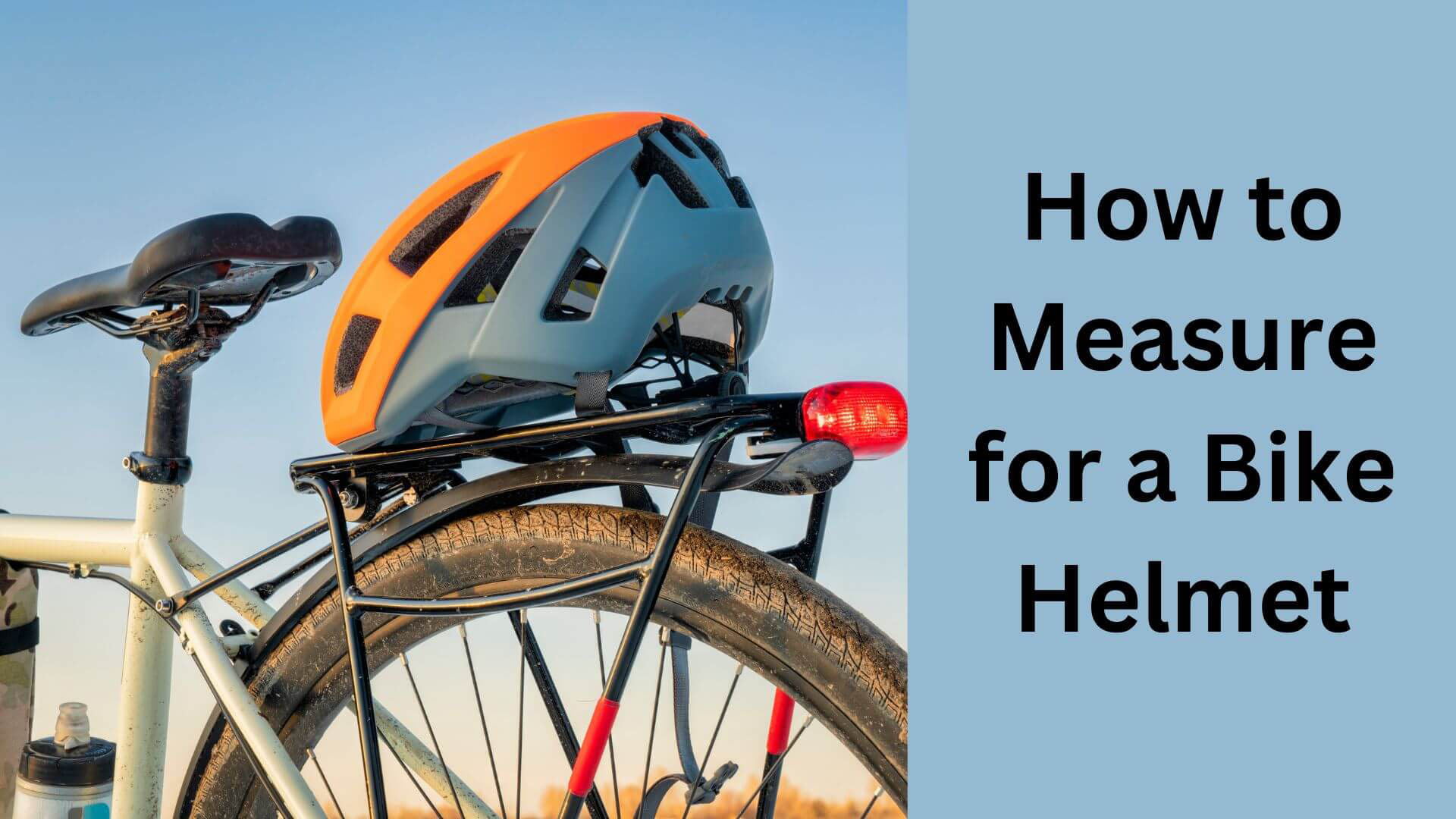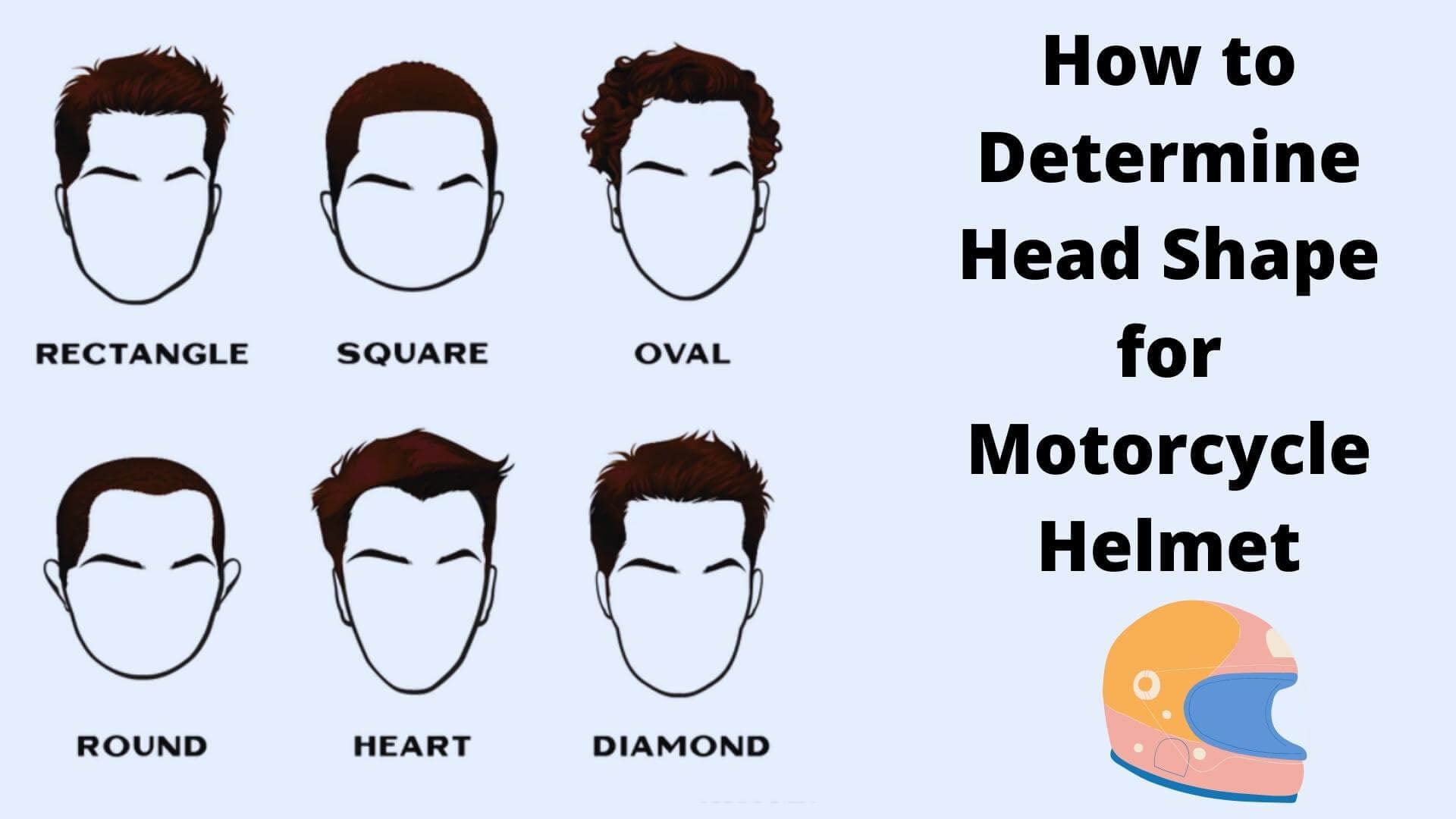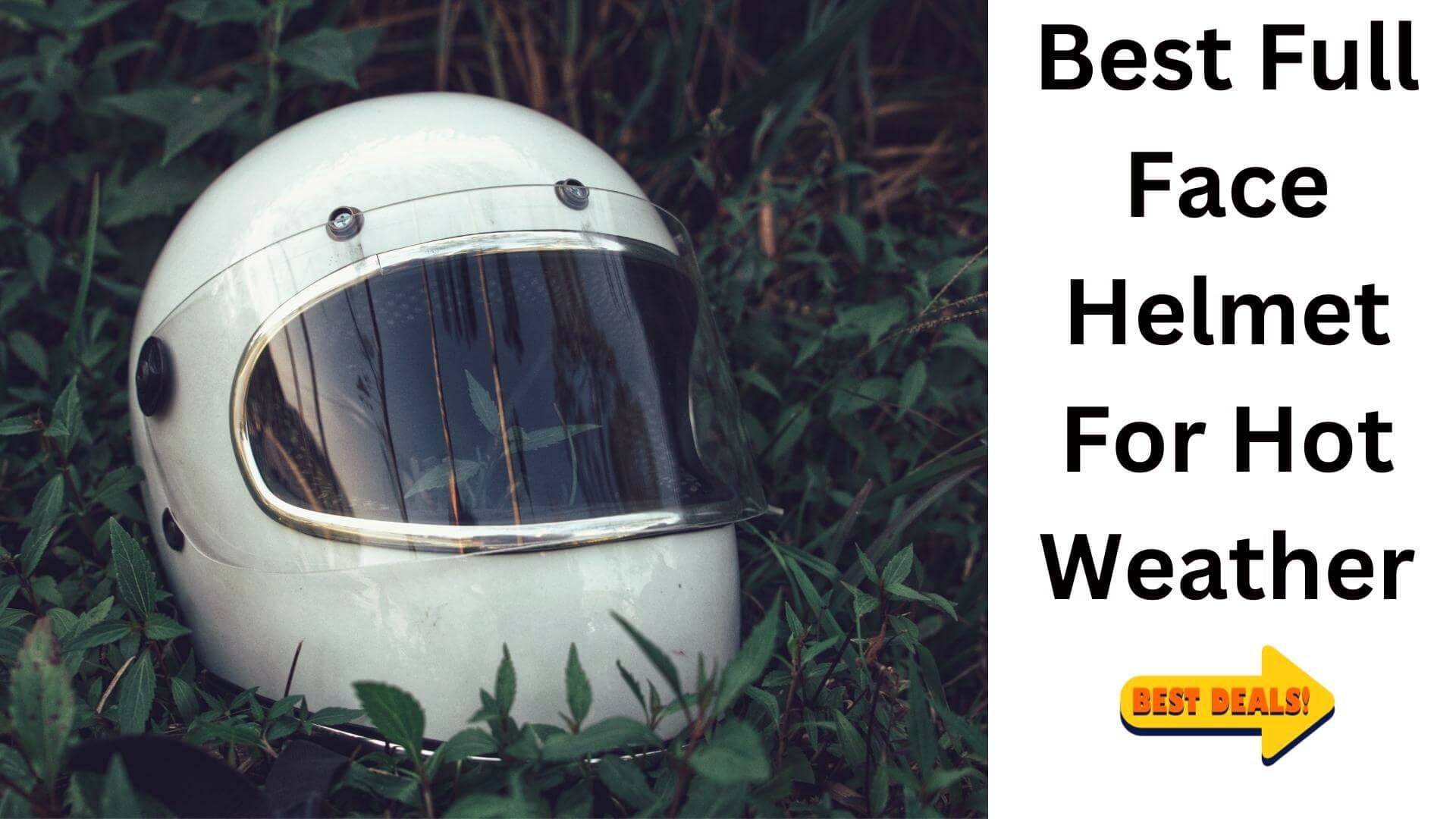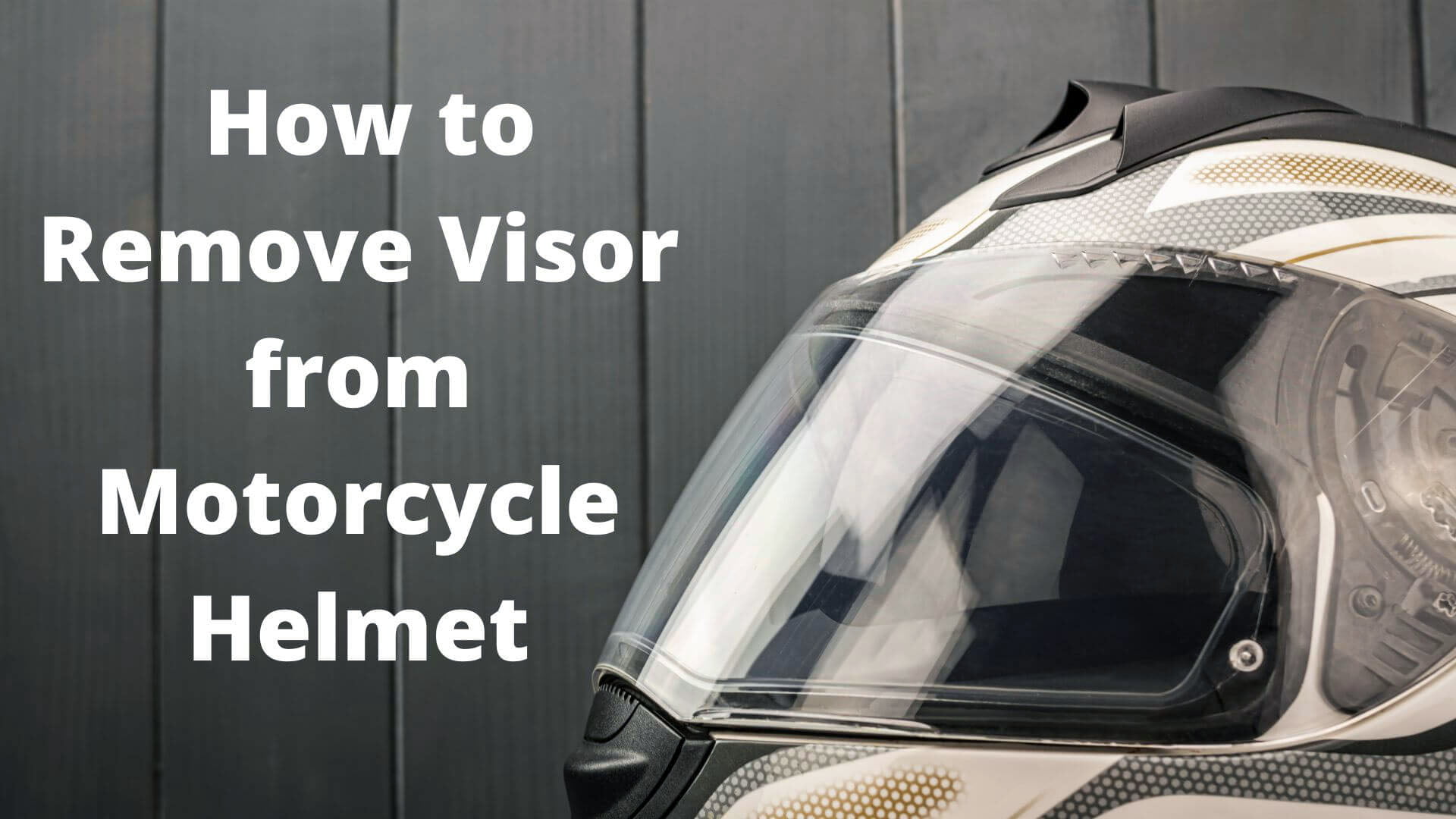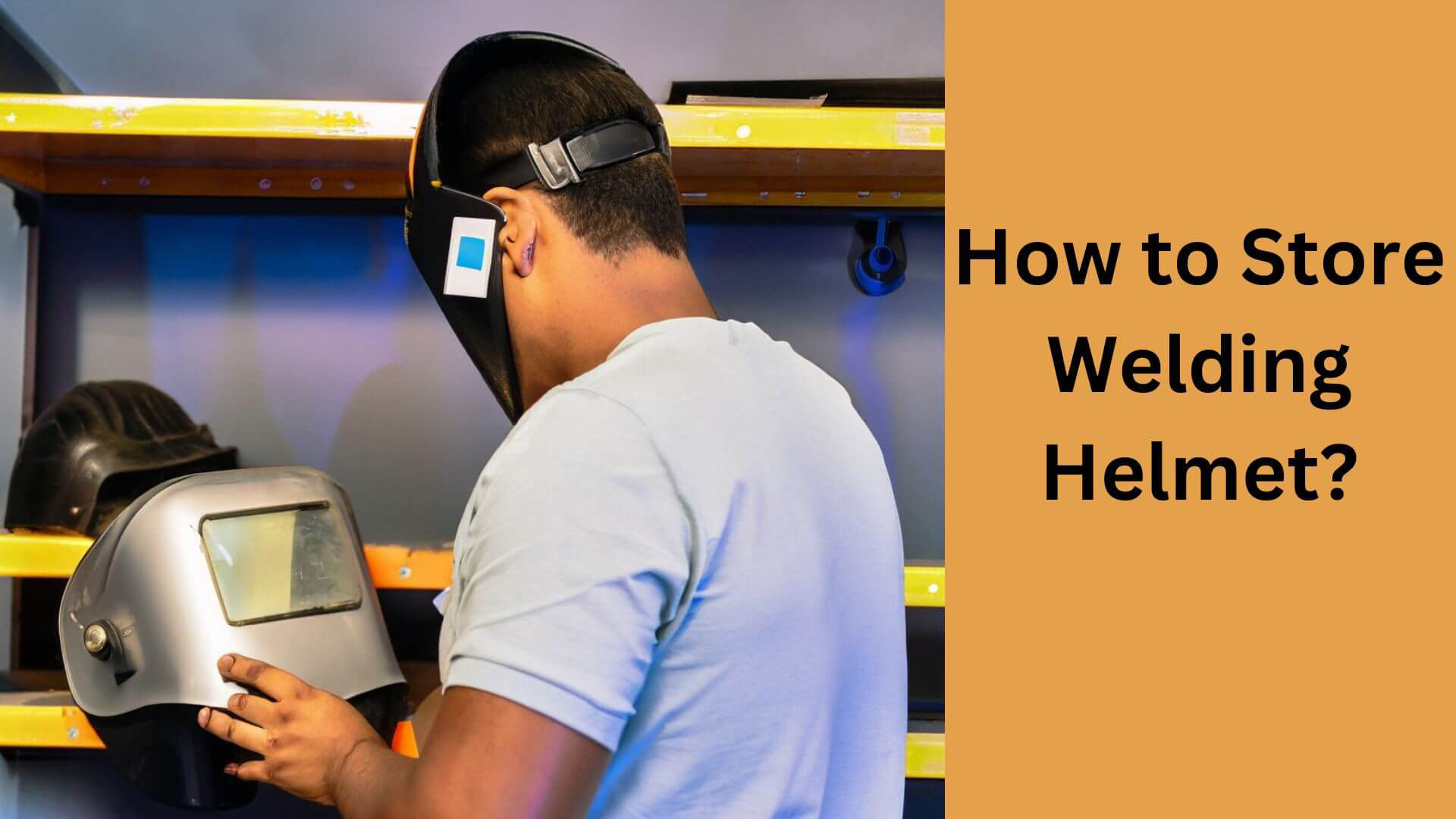Should I Replace Dented Mountain Bike Helmet?

Mountain biking is a thrilling and adventurous sport but it comes with some risks. A helmet is one of the essential gear you need to protect yourself from potential injuries.
A helmet can absorb the impact force and reduce the chances of suffering a severe head or brain injury in case of a fall or crash.
But what if your helmet gets dented? Does that mean it’s time to replace it? How can you tell if your helmet is still safe to use or not?
In this article, I will answer these questions and more and help you decide when to replace your dented mountain bike helmet.
Why is a Mountain Bike Helmet Important?
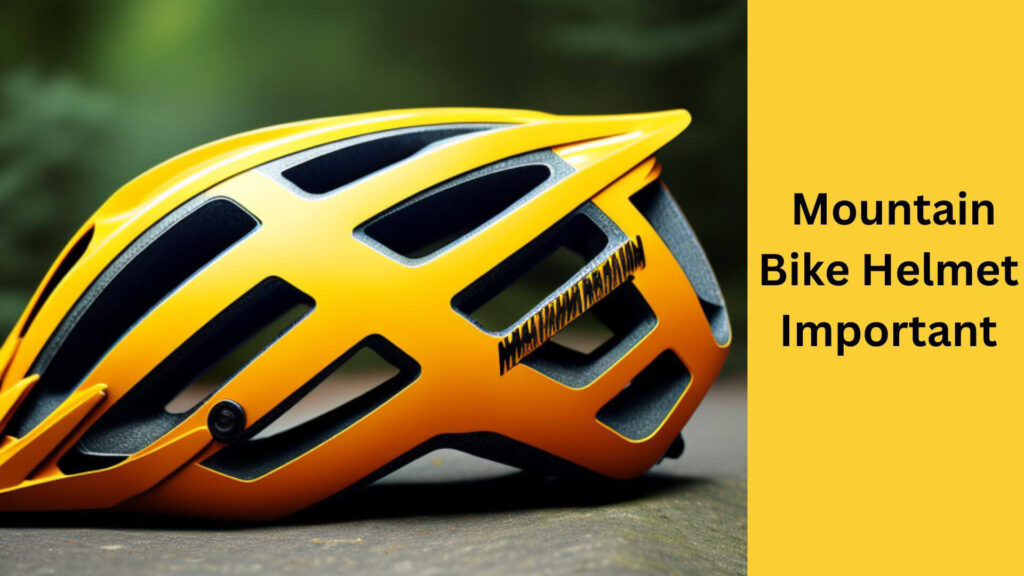
A mountain bike helmet is essential because it can protect the rider’s head in a fall or collision.
Head injuries can be fatal, and a helmet can significantly reduce the risk of a head injury. A mountain bike helmet can also protect from sunburn and other weather elements.
Therefore, wearing a mountain bike helmet while riding is essential to protect oneself from injury.
Read More: Explore the Best Women’s Mountain Bike Helmets to Boost Confidence on Every Trail.
Can a Dented Mountain Bike Helmet Protect Your Head?
A dented mountain bike helmet may not be able to protect your head as effectively as an undamaged helmet.
The dents can weaken the helmet’s structure and reduce its ability to absorb impact. Even if the dents are minor, they can compromise the helmet’s protective capabilities.
The helmet may not be able to absorb the impact of a fall or collision, putting the rider at risk of a head injury.
Signs of Helmet Damage
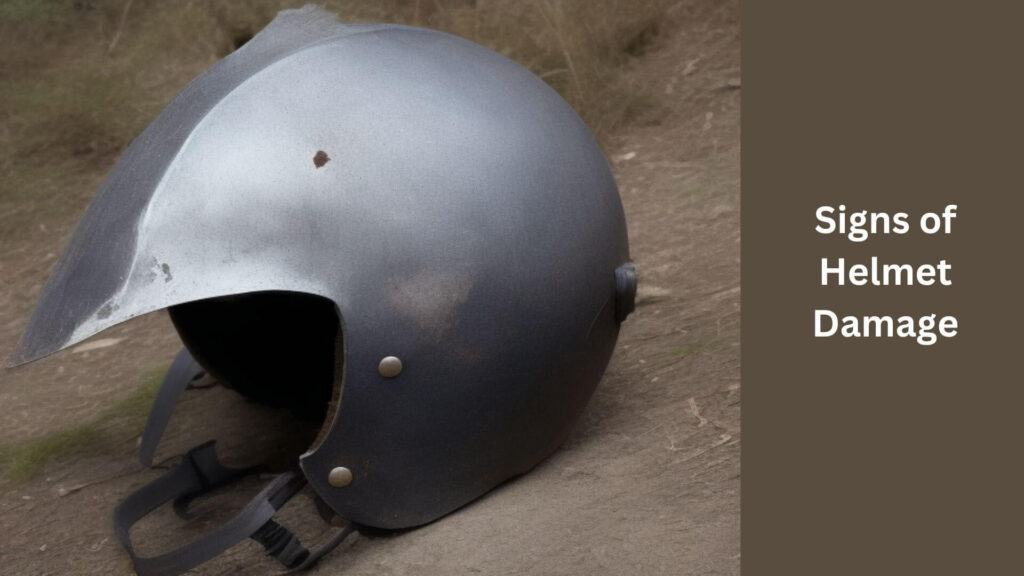
The first thing you need to do is to inspect your helmet for any signs of damage. You should do this regularly, especially after a rough ride or an impact.
- Visual inspection: Check the outer shell and the inner foam for any cracks, chips, dents, or scratches. If you see any of these signs, your helmet may be compromised and need replacement.
- Cracks or chips: These are more serious than scratches or dents, as they indicate that the helmet’s structure has been weakened. Even small cracks or chips can reduce the effectiveness of the helmet in absorbing impact forces. Do not use a cracked or chipped helmet under any circumstances.
- Structural integrity: Squeeze the sides of the helmet and twist it gently. If you hear any creaking sounds or feel any movement between the shell and the foam, your helmet may have lost its structural integrity and need replacement.
Read More: What is the Lightest Mountain Bike Helmet
The Importance of a Properly Fitting Helmet
Another factor that affects your helmet’s performance is how well it fits your head. A properly fitting helmet should be snug but comfortable, level on your head, and stable when secured with a chin strap. Here are some tips on how to ensure a good fit:
- Measure your head: Use a tape measure to measure the circumference of your head just above your eyebrows. This will help you find the right size for your helmet.
- Adjust the pads: Most helmets come with removable pads that you can use to fine-tune the fit. Add or remove pads as needed until you feel no gaps or pressure points on your head.
- Adjust the straps: The straps should form a V-shape under each ear and meet under your chin. Tighten or loosen them until you can fit one finger between the belt and your chin.
A properly fitting helmet will protect you better and make you more comfortable and confident on the trails.
Read More: Painting Your Mountain Bike Helmet with These Expert Tips!
Why Should You Replace Your Dented Mountain Bike Helmet?
● It’s Compromised
A dented mountain bike helmet is compromised and may not provide the necessary protection required in case of an accident. The foam inside the helmet is designed to absorb impact, and a dent can damage the integrity of the foam, rendering it ineffective in the event of an accident.
● You Can’t repair it
Helmets are not designed to be repaired. Even if the helmet looks okay on the outside, you cannot fix the damage inside the helmet.
● It’s Against Industry Standards
The cycling industry recommends replacing a helmet after any impact, including a minor one.
This is because the foam inside the helmet is designed to absorb impact and can only do so once.
A dent can cause the foam to compress, and the helmet will not be able to protect you as effectively in case of another accident.
Read More: Full-Face Mountain Bike Helmet – Do You Need One?
When to Replace a Dented Mountain Bike Helmet
Even if your helmet does not show any apparent damage, it may still need replacement after some time. Here are some factors to consider when deciding when to replace your helmet:
- Manufacturer recommendations: Different brands have different guidelines on how often to replace their helmets. Some suggest every three years, while others say every five years. Check with your manufacturer for their specific recommendations.
- Impact history: If you have had any significant impacts with your helmet, even if it does not look damaged, it may have lost its ability to absorb shock effectively. It is recommended that you replace your helmet after any significant crash.
- Age of the helmet: Over time, exposure to sunlight, heat, moisture, and chemicals can degrade the materials of your helmet and make them brittle or weak. Generally, do not use a helmet older than ten years.
How Often Should You Buy A New Helmet For Your Mountain Bike?
You should replace your mountain bike helmet every five years or after a crash, whichever comes first.
The materials used to make mountain bike helmets can degrade over time, reducing their protective capabilities.
After five years, your helmet may only be able to provide a different level of protection than a new helmet. Replacing your helmet if it no longer fits properly or has visible signs of damage is also essential.
What Should You Look for When Buying a Mountain Bike Helmet?
The helmet should not be too tight or too loose on your head. It should also have a secure chinstrap to hold it in place.
Look for a helmet that meets safety standards set by CPSC, ASTM, or Snell. These rules make sure that the helmet meets the minimum safety standards.
Can You Repair a Dented Mountain Bike Helmet?
You should refrain from attempting to repair a dented mountain bike helmet. The dents can compromise the helmet’s protective capabilities, and trying to fix them can further weaken its structure.
Replacing the helmet if it has visible signs of damage is essential.
How Much Does a Mountain Bike Helmet Cost?
Mountain bike helmets can cost anywhere from $30 to $300, depending on the brand, features, and quality.
A more expensive helmet does not necessarily mean it is better. Look for a helmet that provides adequate protection and meets safety standards.
How to Properly Dispose of a Damaged Helmet
Once you have decided your helmet needs replacement, do not just throw it away in the trash bin.
Helmets are not biodegradable and can harm the environment if disposed of improperly.
Here are some ways to dispose of a damaged helmet responsibly:
- Recycling options: Some manufacturers offer recycling programs for their helmets, which take back old helmets and use them for research or material recovery. Check with yours if they have such an option available.
- Helmet donation programs: Some organizations accept used helmets and donate them to people who need them in developing countries or low-income communities. However, make sure that your helmet is still in good condition and meets the safety standards of the destination country before donating it.
FAQs About Should I Replace Dented Mountain Bike Helmet?
Can a dented mountain bike helmet still provide some level of protection?
A dented mountain bike helmet may still provide some level of protection, but it is not recommended to continue using a dented helmet.
How can I tell if my mountain bike helmet needs to be replaced?
It should be replaced if your mountain bike helmet has been involved in a crash or has visible signs of damage, such as dents or cracks.
How does a mountain bike helmet fit properly?
A mountain bike helmet should fit snugly on your head without being too tight or loose. It should also have a secure chinstrap to keep it in place.
Can I repair a cracked mountain bike helmet?
No, attempting to repair a cracked mountain bike helmet is not recommended. The crack can compromise the helmet’s structure, and trying to fix it can further weaken it.
How often should I replace my mountain bike helmet?
You should replace your mountain bike helmet every five years or after a crash, whichever comes first. You should also replace your helmet if it no longer fits properly or has visible signs of damage.
Last Word
In conclusion, a mountain bike helmet is an essential safety gear that can protect your head from injury while riding.
A dented mountain bike helmet may not be able to offer the same level of protection as an undamaged helmet.
It is essential to replace your helmet if it has been involved in a crash or has visible signs of damage, such as dents or cracks.
Remember to replace your helmet every five years or after a crash, whichever comes first.

Hey, I’m Hrithik Hossain. I am the head of helmethacks.com, which specializes in safety helmets. I am looking to connect with anyone interested in purchasing a helmet or who has any questions about different types of helmets. I have over 8 years of experience as a helmet expert, and I can’t wait to help you find the perfect helmet for you. I can help you with any questions regarding helmets, from the best brands to fitting, style, and more! I really enjoy keeping people safe by ensuring they have the best protection possible.


